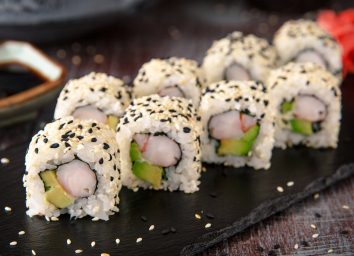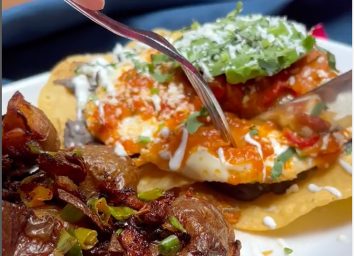9 "French" Foods No One Eats in France
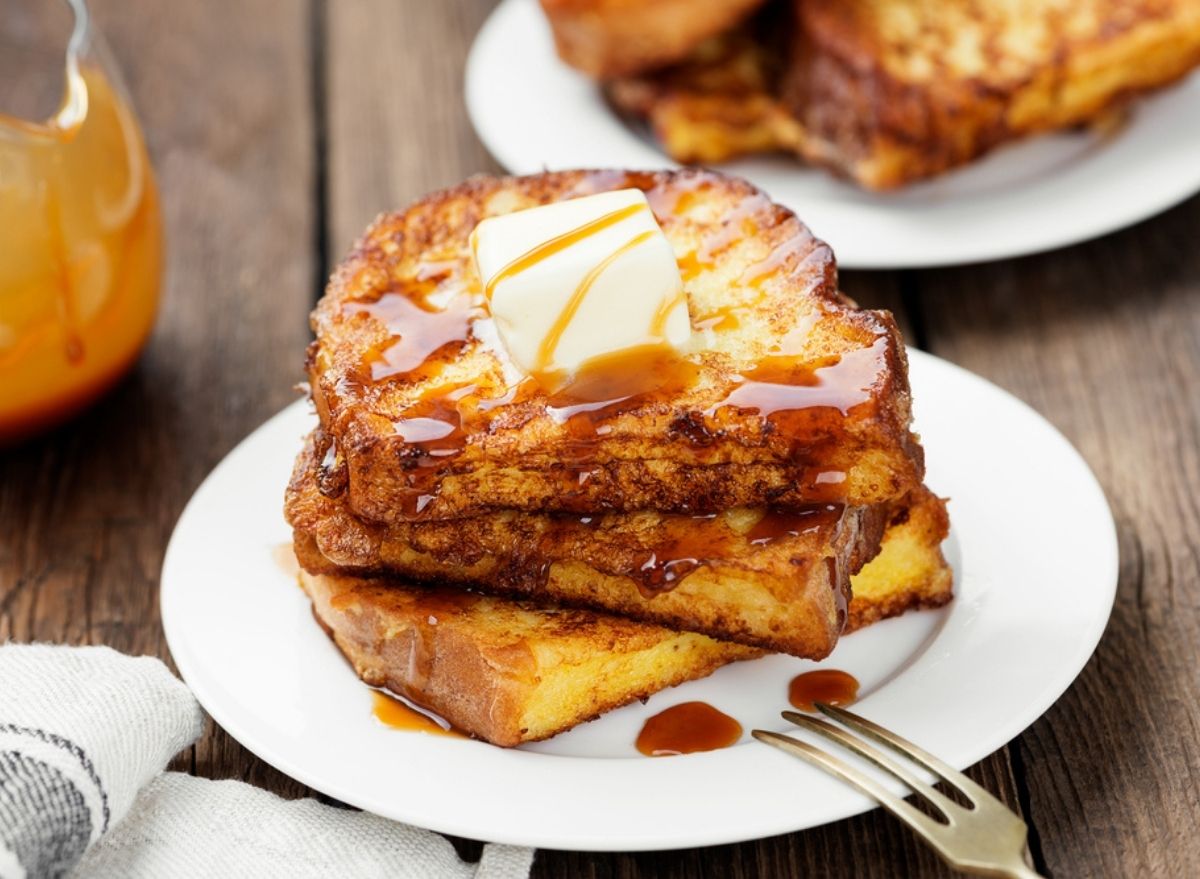
France is rightly known for its amazing cuisine. Some of the finest culinary schools on the planet are found within the country, while many of the best restaurants on earth are found in French cities, chiefly Paris itself, according to CNBC.
What's the secret that makes so many French dishes so delectable? Much of that can be explained by the wealth and diversity of fresh ingredients available to French chefs, as well as the rich history that informs techniques of preparation there, via Le Foodist. Also, don't forget about butter, oil, and cream—those all help. And salt. These ingredients can be found in abundance in many classic French dishes.
And note that many of said dishes, those considered quintessentially French such as bouillabaisse, quiche Lorraine, and the Croque Monsieur are in fact French in origin and are indeed often enjoyed by French people. But on the other hand, plenty of other so-called French foods are rarely if ever eaten there—at least not by the locals.
Here are eight "French" foods no one eats in France. Plus, don't miss 6 "Mexican" Dishes No One Eats in Mexico
French dressing
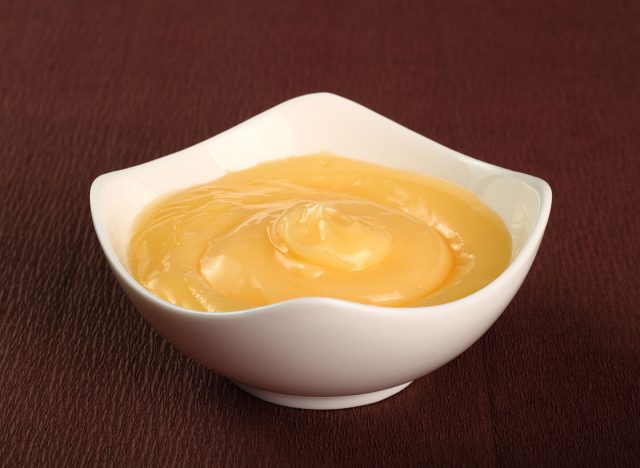
The name might be front and center, but French salad dressing is neither from France nor is it popular there. According to Food Timeline, this is an American product through and through, from its development and naming in the late 19th century to its intended consumer, the American grocery shopper. (French dressing)
French vanilla anything
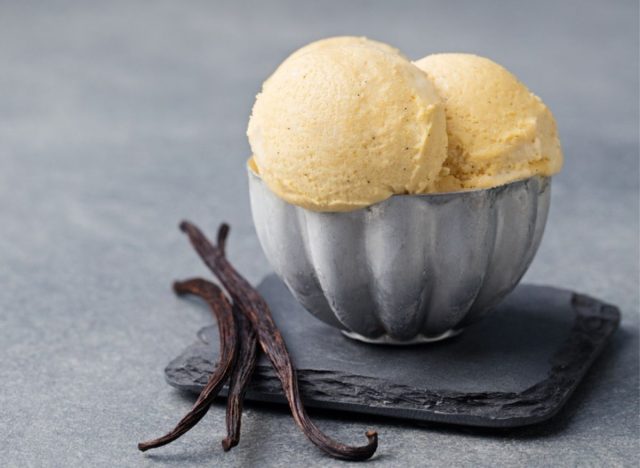
Whether you're stacking up scoops of French vanilla ice cream or squirting some sweet French vanilla syrup into your coffee, the flavor you'll be savoring is simply not French in origin, nor would it make sense to a French person to hear it named as such, according to Spoon University. Vanilla beans are grown almost exclusively in Madagascar, Mexico, Tahiti, and Réunion. But the use of the word "French" before vanilla is all about marketing, especially for the vanilla ice cream with a slightly yellow cast created by the use of egg yolks in the recipe.
French toast
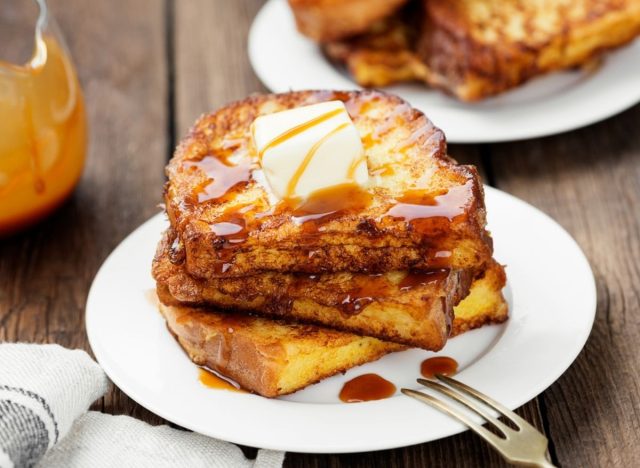
French toast, according to Insider, may be from Medieval England or it may even trace its roots back to Ancient Rome, but it's not a French food. And if you order French toast in France, you'll probably get regular toast, and a sideways glance, there it is called pain perdu.
French crullers
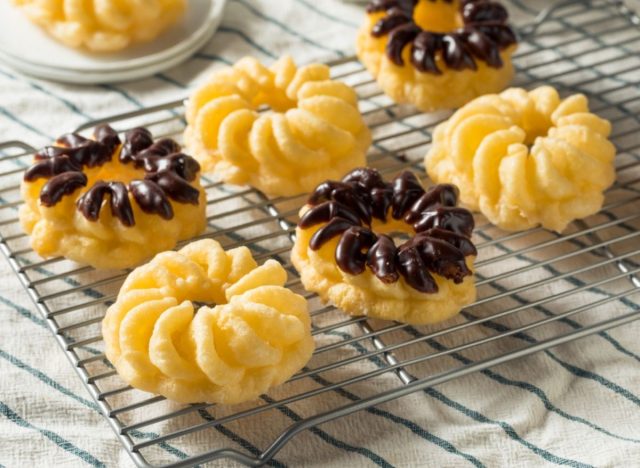
With apologies to pastry lovers everywhere, the French cruller is not at all French. It's actually a Dutch treat, or at least one based on the Dutch "kruller," yet the cruller you find in America doesn't even resemble the OG Dutch pastry all that well anyway, according to Eater. The thing you get when you ask for a French cruller from your local Dunkin' is pretty much just a twisty-shaped donut at this point.
French mustard
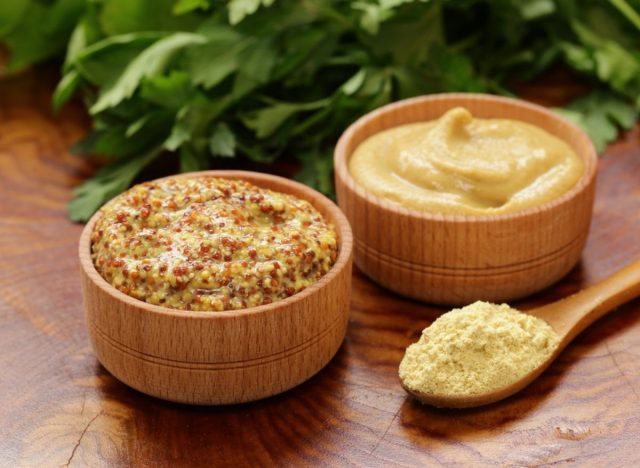
First off, we're not talking about French's Mustard here, to be clear: that's a specific brand from McCormick, and no, that classic bright yellow stuff it's not a French food at all. But neither is the more generic "French mustard," which according to The Connexion is in fact a British condiment that's mild in flavor and light brown in color. Now, that spicy yellow condiment called Dijon mustard? That's French. And excellent.
French dip sandwich
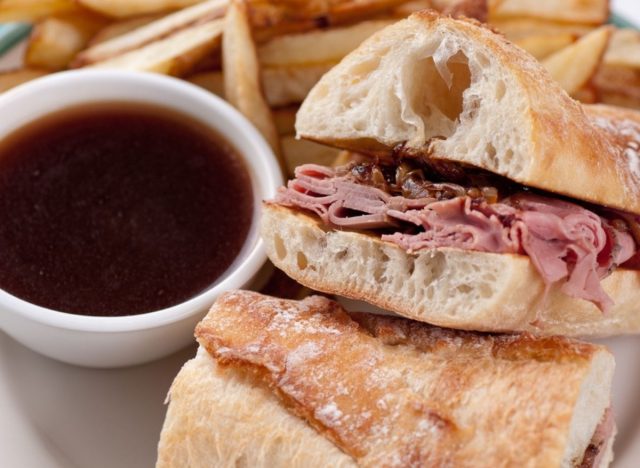
Order a French dip sandwich in France and it's really anyone's guess what you'll get, but a sandwich with thin slices of roast beef tucked into soft bread beside a cup of jus? That's unlikely. The French dip sandwich is 100% American in origin, having been created in Los Angeles in the early 20th Century, according to Britannica.
French onion dip
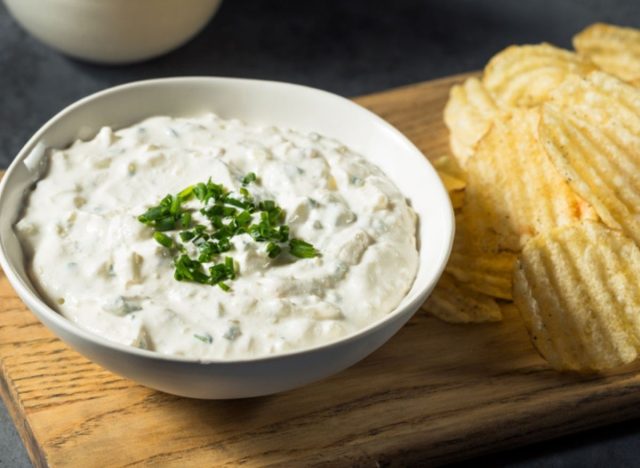
Did you know that French onion dip also goes by the name California dip? According to Cooking Light that name is a much more accurate title, because this common snacking substance may be quite popular stateside, but it would mystify most French people offered a jar, bowl, or can of the stuff.
French press coffee
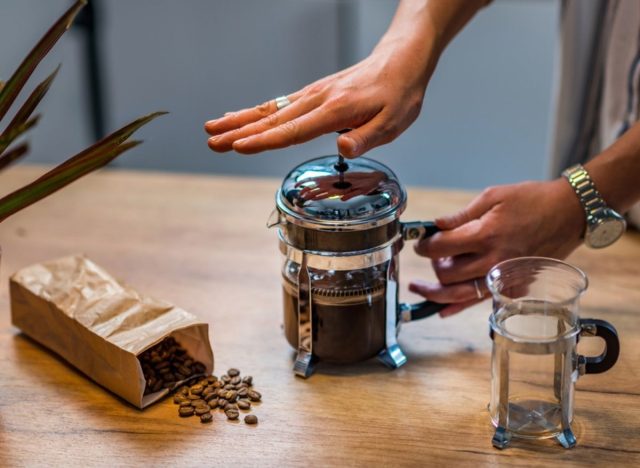
The device we today call the French press was designed by an Italian man named Attilio Calimani who lived and worked in the Italian city of Milan, says Barista Institute. So, to be clear, it's not a French gadget. And furthermore, if you order a coffee in France, you will most often be served an espresso, a café crème, an Americano, or a lot of other beverages before you ever get a cup of French-pressed coffee, according to Coffee Affection.
French roast coffee
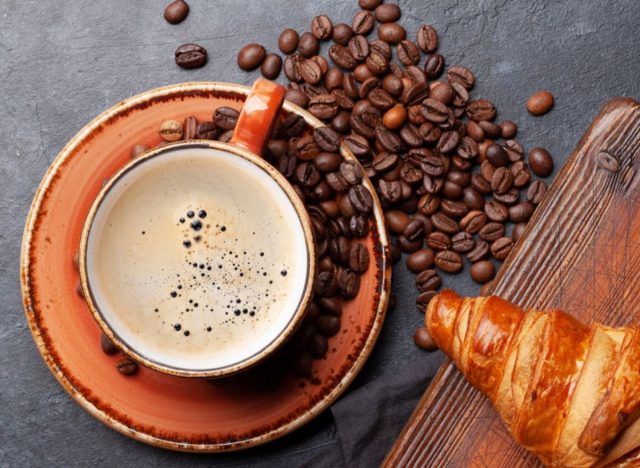
Speaking of coffee, that French roast coffee that is in every coffee shop in America simply refers to a dark roast of coffee. In fact, according to the Coffee Detective, even this style of roast would be too light for coffee drinkers in France and most of Europe. FYI, this style of roast can also be referred to as Turkish roast. French roast also does not denote any kind of quality. Any bean can be French roast.
A previous version of this article was originally published on Apr 5, 2022.

